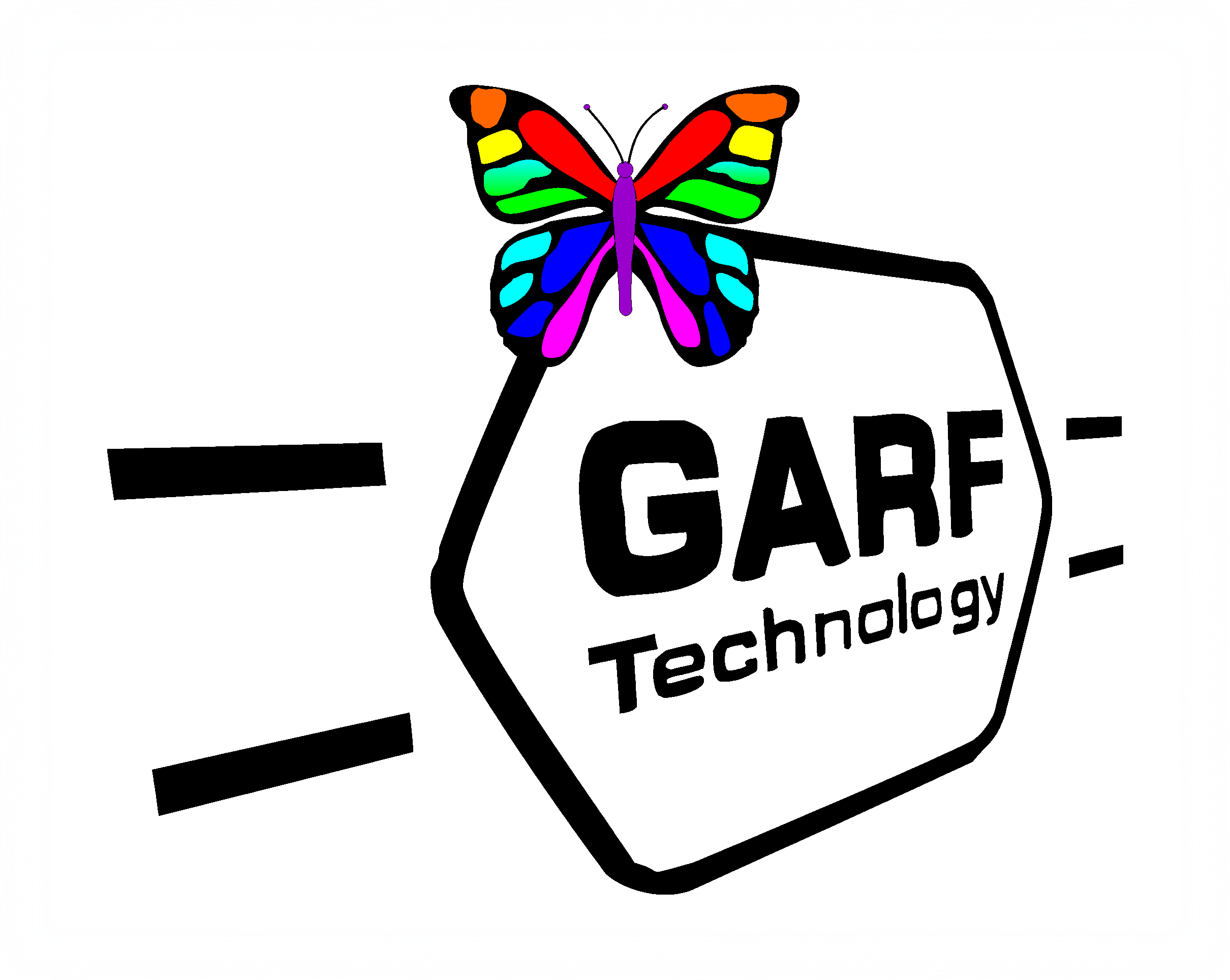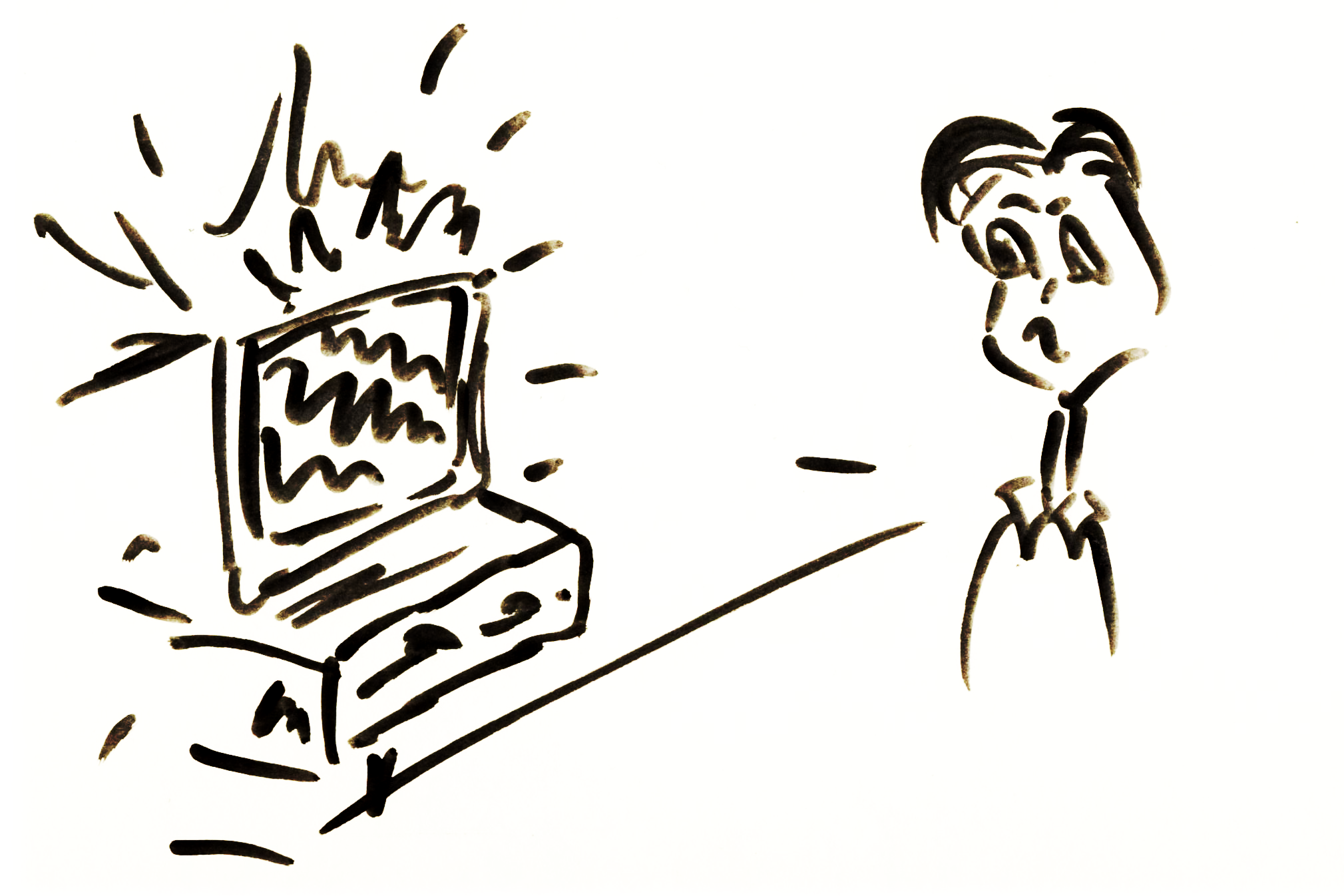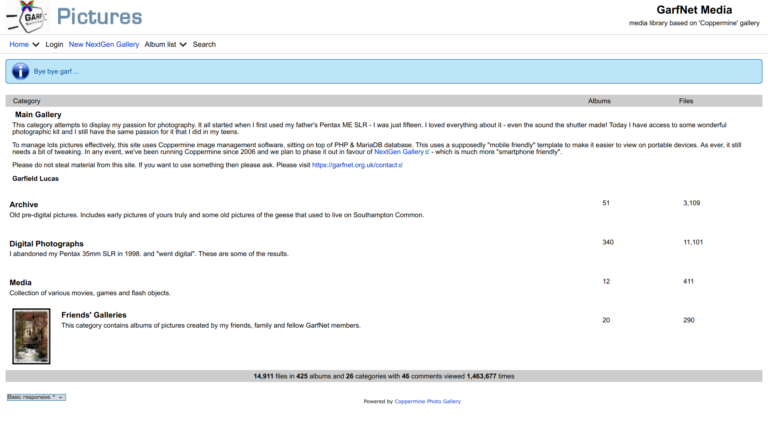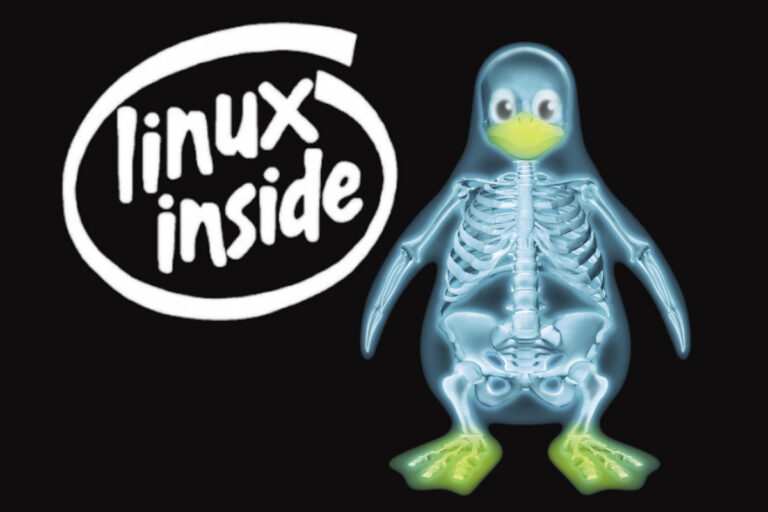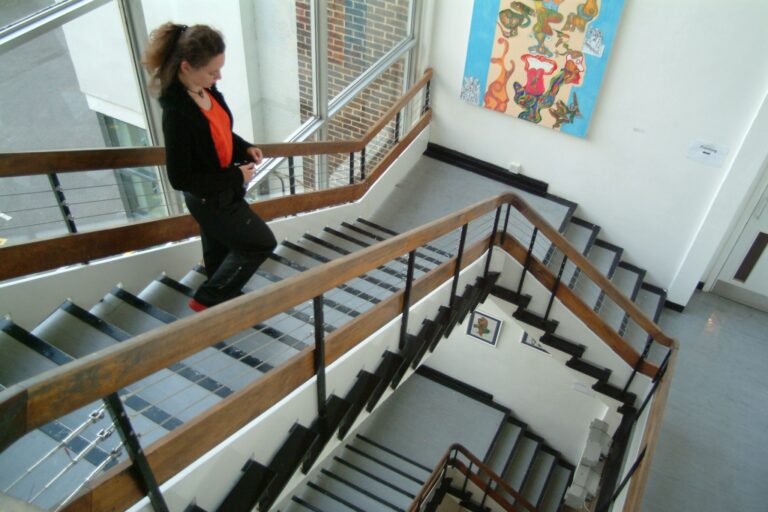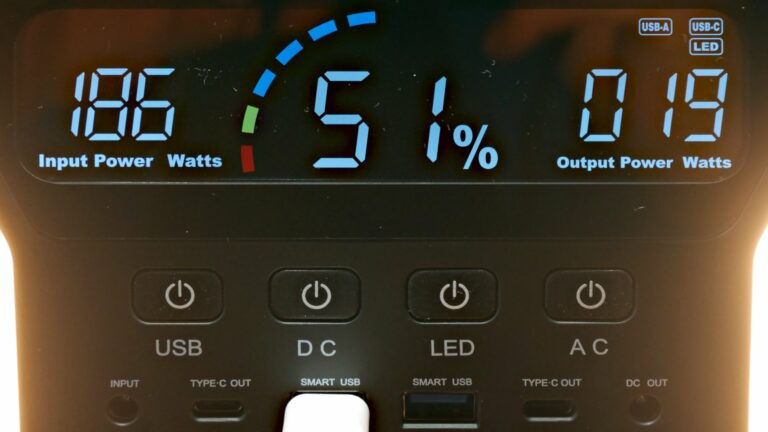What computer should I buy?
Editor’s note: this was written back in 2006, and it is hopelessly out-of-date.
Trouble is that today one is spoilt for choice, manufacturers claims are often difficult to understand or substantiate and prices are tumbling so quickly that no sooner than you take your PC home, you see the same model, with more extras, selling for twenty quid less than you just paid for yours!
For most users, there are two basic choices: a “desktop” or a “laptop” PC. Laptops are smaller, more portable and more convenient for people on the move. The downside is that you pay roughly half as much again as you would pay for a desktop for any given specification.
- Note: This article considers only IBM-compatible PC’s running either Linux (or M$ Windows if you must!) Apple Macintosh is out the scope of this article.
- Also this is a very generic overview. Some folks have greater needs than others and this should be considered just a general guide.
- Linux is now a very real alternative to M$ Windows for many users. Ubuntu Linux in particular now provides a stable user-friendly computing environment. It is also free! Best of all, it requires much less computing resources than Windows Vista. This means it will run effectively on much cheaper machines. In fact we just bought several IBM Lenovo Laptops for just £300.00 each and replaced the slug-like Microsoft Vista with Kubuntu. They have proven to be excellent!
- Ubuntu & Debian Linux will run quite happily on 500MB of RAM. So will Windows XP. However, Windows Vista is much more resource-hungry and 1GB should be considered an absolute minimum.
Desktop PC…
For those who are considering the purchase of a new desktop computer and who want good value for money, we believe the following draft specification offers plenty of bangs per buck!
Component |
Specification |
Approximate Cost* |
|---|---|---|
Processor |
Intel Pentium (or AMD equivalent) 2400 MHz or better. |
|
RAM |
At least 512MB (Linux or Windows XP) 1024 MB (Windows Vista). |
|
Hard Disk |
80 gigabyte or greater. |
|
Floppy disk |
Standard 3.5″( 90mm). (Many regard the standard floppy disk as too small to be any use. However they usually only add a few quid to the price of a PC and are probably still worth fitting.) |
|
CD ROM |
If cost is an issue then buy a DVD compatible “combo” type that reads & writes CD’s and reads DVD’s. Better, buy a DVD rewriter. This will read and write both CD & DVD. If you specify a DVD rewriter make sure it writes all “+R”, “-R” & “DL” type DVD’s. |
|
Keyboard |
“Win 95″ type with special ‘Windows” key. Linux users may prefer an electronically identical but visually slightly different keyboard featuring a “penguin” key instead of a “Windows” key. |
|
Mouse |
Choose one that you find comfortable. |
|
Monitor |
17″ XGA or better (0.26mm dot pitch) 1024×768 pixels resolution or better. |
|
Sound Card |
16 bit SoundBlaster compatible. |
|
Speakers |
Mains powered speakers. |
|
Case |
Tower case leaving 5.25″ & one spare 3.5″ slot. |
|
Operating system |
If you want to use Windows, then at the moment you will probably want to use Windows XP Professional instead of Windows Vista. Vista is very resource hungry and quite buggy. You should also ask if the PC you want to buy is capable of running Linux instead? Most modern computers are. If you don’t want Windows then ask the supplier if he will supply it without Windows and reduce the price accordingly.
Ubuntu Linux and most of the software that runs on it is FREE! Using Linux instead of M$Windows and OpenOffice.org instead of M$ Office could save you a lot of money. |
|
Network Card |
PCI auto-switching 10/100 megabits per second with RJ45 connection. |
|
Modem |
56k BPS internal fax modem – unless your PC will get internet access via a local area network or a broadband router. If you need more information about configuring a home or office broadband solution are welcome to attend one of our Setting up Broadband courses. |
|
USB |
At least two USB version 2 sockets. |
|
FireWire |
If you intend doing any digital video work, then a FireWire card is almost essential. |
|
All the above… |
£350.00 |
Laptop PC…
Laptops have many “lifestyle” advantages over their bigger desktop cousins. But remember you are paying roughly half as much again as a desktop PC for a similar specification. You pay for the compactness. You can of course save money by lowering your specification. However this can prove to be a false economy. For a laptop to be as useful as a desktop, it needs to be as well specified.
Component |
Specification |
Approximate Cost* |
|---|---|---|
Processor |
Intel Pentium or AMD equivalent 1000 MHz or better. |
|
RAM |
At least 512MB (Linux or Windows XP) 1024 MB (Windows Vista). |
|
Hard Disk |
60 gigabyte or greater. |
|
CD ROM |
If cost is an issue then buy a DVD compatible ‘combo’ type that reads & writes CD’s and reads DVD’s. Better, buy a DVD rewriter. This will read and write both CD & DVD. If you specify a DVD rewriter make sure it writes all “+R”, “-R” & “DL” type DVD’s. |
|
Floppy disk |
Standard 3.5″( 90mm). (Many regard the standard floppy disk as too small to be any use. They also add considerably to the size of a laptop. Therefore only specify one if you really need it.) |
|
Keyboard |
You generally don’t get much choice here! |
|
Mouse |
ALPS or Synaptics type touch mouse. |
|
Monitor |
14.1″ XGA or better 1024×768 pixels or better. |
|
Sound Card |
16 bit SB compatible. |
|
Speakers |
Built-in. |
|
Case |
Should be as robust as possible. Look for flimsy things that might snap off! |
|
Operating system |
If you want to use Windows, then at the moment you will probably want to use Windows XP Professional instead of Windows Vista. Vista is very resource hungry and quite buggy. You should also ask if ithe laptop you want to buy is capable of running Linux instead? Most modern laptops will run Linux very well – though there are sometimes issues with built-in wireless network cards and modems.
Ubuntu Linux and most of the software that runs on it is FREE! Using Linux instead of M$Windows and OpenOffice.org instead of M$ Office could save you a lot of money. If you don’t want Windows then ask the supplier if he will supply it without Windows and reduce the price accordingly. |
|
Network Card |
Built-in auto-switching 10/100 megabits per second with RJ45 type connection. |
|
Modem |
Built-in 56k BPS fax modem. |
|
Wireless Networking |
Should be to IEEE 802.11G standard – permitting data transfer at 54 megabits per second. More information about wireless networking can be found at my Setting up Broadband Moodle courses. |
|
USB |
At least two USB version 2 sockets. |
|
Firewire (IEEE1394) |
If you intend doing any digital video work then a FireWire socket or a mini-DV is almost essential |
|
PCMCIA or CardBus slots |
These are not as significant as they once were. However you generally need one CardBus slot for camera card adaptors. |
|
All the above… |
£500.00 |
In addition you must have some sort of back-up device. These are the devices we are currently using…
Component |
Specification |
Approximate Cost* |
|---|---|---|
External USB hard drive |
Capacity depends on your data requirement although for most users, 110GiB is more than adequate. These should connect either via USB2 or FireWire – if your computer has FireWire. The old USB 1.1 standard is generally considered too slow for backing up large datasets. Many of the principles of removable hard drives are documented in archived an article entitled “Tale of Two Hard Disks“. |
£100 |
CD or DVD Rewriter |
External USB CD or DVD rewriter (only needed if your PC doesn’t already have one built in) |
£70.00 |
Solid state memory |
Consider something between 4 & 32 GiB – this comes in many forms (and price ranges) including the ‘CompactFlash’ and SmartMedia chips used in digital cameras. This requires a card reader connected to your PC. Alternatively tiny chips that look like a door key with a USB plug on the end are widely available from most PC stores. |
£10.00-£300.00 |
Confirm with your hardware supplier that everything you buy is…
- Fully bench tested.
- Millennium Compliant (not as important as it once was – but still worth checking).
- Windows 7 compatible – if you are planning to run Windows
- Linux compatible – this may be increasingly important as more people switch to Linux
- Supplied with all disks and documentation.
Note…
- Prices are approximate, are subject to sudden change and exclude VAT.
- This is only a guide and you would be well advised to spend a little time researching the matter in order to make a more informed choice.
- Generally Linux requires much less resources than Windows. Vista in particular is a dreadful resource hog.
- This whole article is probably out of date already!
I can’t actually comment much further on Windows because I gave up using it back in 2007. However, for more information regarding Linux compatibility you might find the following sites helpful:
- Linux on laptops:-
http://www.linux-on-laptops.com - Linux compatibility database:-
http://www.linuxcompatible.org/
